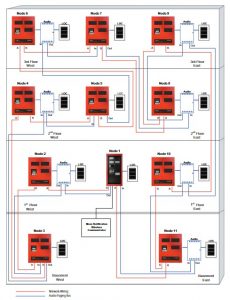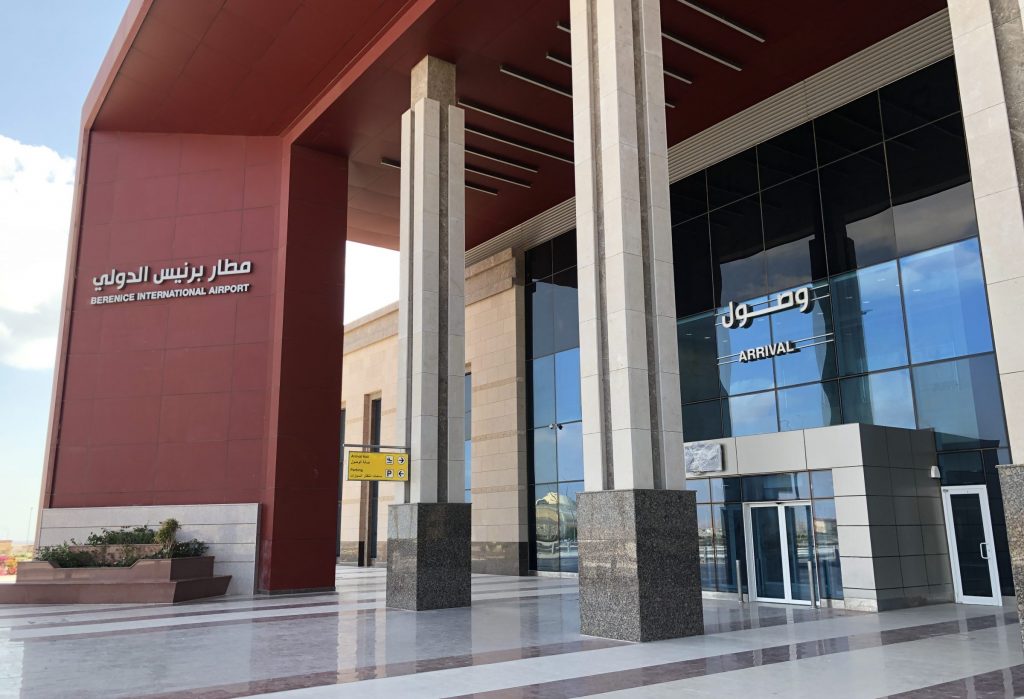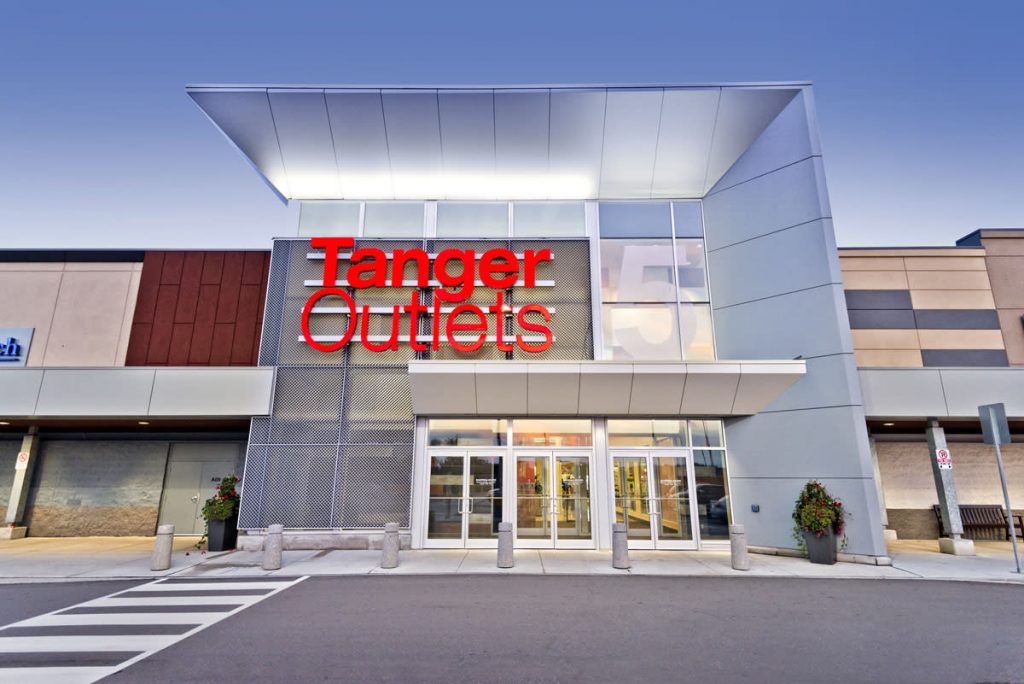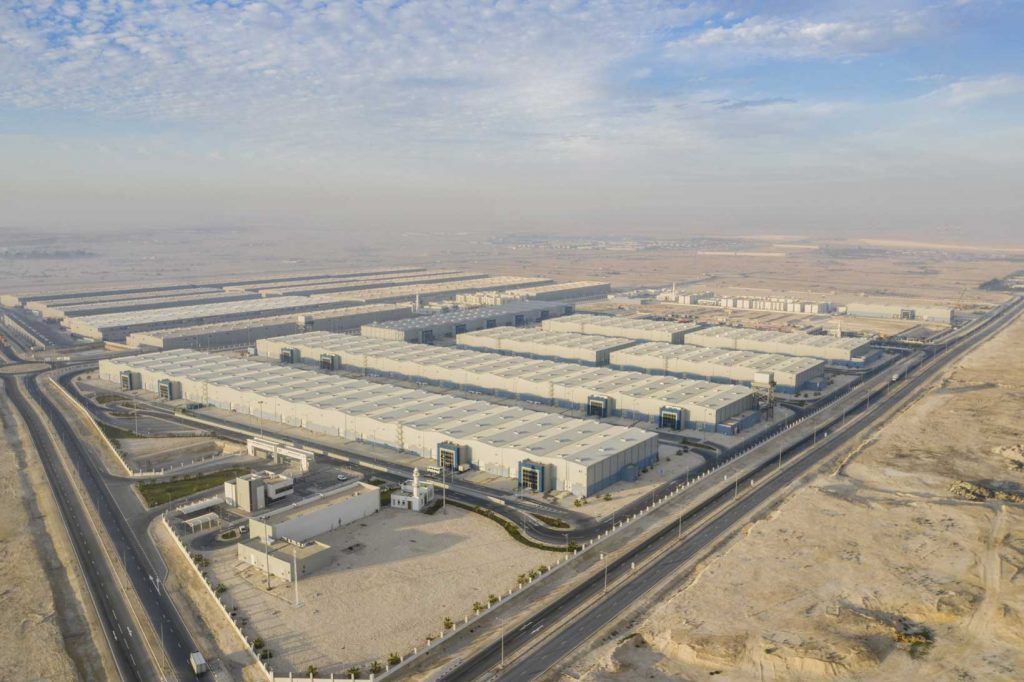AT A GLANCE
First established in1942, Fort Hood has undergone many changes in its eighty plus year history. In fact, the rapid change needed to respond to new threats, and the employment of new technology to respond to more traditional threats, in new ways, may be the defining attributes of this military base.
Today, Fort Hood is the largest military installation in the U.S and is charged with the introduction, training and testing of new infantry equipment, tactics and methods. It is best known as the birthplace of the M1 Abrams Tank, M2/3 Bradley Fighting Vehicle, the Multiple Rocket Launch System (MRLS) and the AH-64 Apache Attack Helicopter.
Technologically advanced life safety and security protection at Fort Hood is a top priority. The integrity of the facility and the lives of thousands of service men and women depend on it – and that is why the US Department of Defense (DoD) mandated new Fire Alarm and Mass Notification System for primary habiting and billeting in new and existing buildings on its military bases.
Mass Notification Systems (MNS)
Mass Notification systems are installed to provide real-time emergency information (audible and visual) to all building occupants and, as applicable, to larger areas including nearby buildings or entire communities such as a campus, town or state. Integrated Fire Alarm and MNS systems recognize that a response to a fire alarm by building occupants could dramatically change because of additional environmental factors (i.e. severe weather, chemical or terrorist/military threat). The additional protection required for building occupants due to these factors can be efficiently implemented utilizing the highly reliable infrastructure that already exists in the fire alarm notification circuits installed within buildings.
THE CHALLANGE
The III Corps Building 101 at Fort Hood was selected by DoD for an immediate retrofit of a new integrated Fire Alarm and MNS system. The system had to be designed to provide individual building MNS for emergency communications to all building occupants and to personnel in the immediate vicinity of the building, including exterior egress and gathering areas. In addition, the in-building MNS was required to be interconnected with a central control unit of a Wide Area MNS, to provide status information, receive commands, activate pre-recorded messages, and to originate live-voice messages.
The new MNS system had to be designed to comply with UFC 4-021-01, the Unified Facilities Criteria Design and O&M: Mass Notification Systems. UFC 4-021-01 also references certain UL documents and standards that would need to be met, including UL 864, and UL 2017. If demanded, DoD also had the ability to specify the requirements of UL 2572 – the standard for Control and Communication Units for Mass Notification Systems. One of the most significant challenges in designing the new Fire Alarm and MNS system was meeting the audibility and intelligibility requirements of UFC 4-021-01. III Corps Building 101 did not have a convenient location for the install of a single ‘bulk’ amplification system. This required the design of a ‘distributed’ amplifier network system, installed throughout the building.
Once the scope was defined, the procurement of a system meeting all of the requirements, as well as compliance with NFPA 72, Chapter 24 was daunting, including strict adherence to specifications and Buy America(n) Act considerations. In fact, only a select few manufacturers offered systems that were able to meet the project specification. Sourcing the best competitive value for the system prompted the project consultants to look beyond the high equipment cost, and the more expensive multi-year service contracts, offered by the dominant system manufacturers in the industry.
 THE SOLUTION
THE SOLUTION
When it came to selecting a system for the III Corps Building 101, DoD selected a system that would provide the best ‘mission-critical’ response to fire, intrusion, weather and chemical emergencies. They chose the FleX-Net Integrated Fire and Emergency Audio system from Mircom FleX-Net is a ‘next generation’ network system that offers a proven history of exceptional performance because it utilizes FX-2000 (fire alarm) and QX-5000 (emergency audio) system components –the same components protecting thousands of buildings in more than 50 countries around the world. FleX-Net is also one of the only panels in the world certified to UL 2572. Mircom worked with the project Consulting Engineer and Facility Management Personnel to configure the FleX-Net system to meet the exact requirements of the III Corps Building 101 design specifications.
THE BENEFITS
The FleX-Net MNS Solution provides:
- Integrated, multi-modal solution;
- Robust stable network topology with redundant survivability;
- Real time multi-lingual/multi-audience messaging capability;
- Support for framing warning messages customized to Fort Hood;
- Reduction of costs and operational complexity by eliminating multiple custom software interfaces to warning sources and dissemination systems.
THE SYSTEM
Master Fire Alarm and Mass Notification System (Node 1)
The master control panel was located within a secure and CCTV monitored location within the building. The panel contains all system operating controls (including paging and pre-recorded message select, fire alarm annunciation and control). In addition, the panel controls all building addressable circuits.
Distributed Network Nodes (Nodes 2 to 11)
The installation required distributed power supplies and amplifiers to provide power for audio speakers with red (fire) strobes and amber (MNS) strobes. Mircom INX-10 network power supplies and QX-5000 amplifiers were installed and the system was backed-up with batteries able to supply up to 72 hours of standby power.
Local Operating Consoles (LOC’s) at each node
LOC panels are located throughout the building and are provided with a glass door and non-locking latch to allow access in case of emergency. Each LOC panel includes an MNS microphone and pre-recorded message selector switches. The selector switches support fire, intrusion, weather and chemical emergency notifications. Since the exact panel design required did not exist, Mircom customized the metal LOC cabinets specifically for this project.
Mass Notification third party interfacing
The FleX-Net building MNS system was fully integrated to a third party Wide Area Mass Notification Communicator System via IP, utilizing an open communications protocol that is able to integrate MNS systems from multiple manufacturers into a common network. The Wide Area MNS system employs wired and wireless radio transmissions to allow live-voice and pre-recorded messages to be activated from a remote location.
EQUIPMENT SUMMARY
(Node 1) Autonomous Control Unit (ACU) and Central Control Station (CCS)
241 fire detection points
351 input/output points
Integration to (third party) Wide Area Mass Notification Communicator System utilizing wireless radio transmission that allows live-voice and pre-recorded messages to be activated from a remote location
(Nodes 2-11) Distributed Network Nodes
Distributed Power supplies
Distributed Amplifiers
LOC at each node
Individual building Mass Notification of:
-
- Fire
- Intrusion
- Weather
- Chemical
INSTALLATION & COMMISSIONING
The radically different network design of the new MNS system required the complete removal of the existing (wired) system, detection and signaling devices, including the vast majority of the existing wiring and conduit. During construction, fire wardens (specially trained base security personnel) toured the premises 24/7.
The Mircom Applications Engineering team provided vital on-site support during the final installation and commissioning of the FleX-Net system. Particularly important to the delivery of the commissioned system was:
- Technical support regarding equipment and device terminations;
- On-site programming customization to enhance system performance during installation;
- Seamless integration to outside Wide Area MNS emergency voice broadcasting via the FleX-Net solution;
- Modifications to system firmware for custom DoD requirements.
From project initiation to final training Mircom was mindful of the on-going commissioning requirements as required by DoD.
As such, customized training in context with DoD’s Emergency Response Plan was delivered to their satisfaction. In addition, as the solution was coming on-line Mircom provided on-going training to the Fort Hood team to ensure familiarity with the systems unique features and benefits. This included Facility Management and Maintenance, as well as Security and Fire Department personnel.
CONCLUSION
Around the globe Mircom Applications Engineering team is working to deliver elegant MNS solutions that protect life and property. The Fort Hood project is a testament to our on-going commitment to delivering solutions that enhance the safety and security of the dedicated military.
The FleX-Net MNS solution delivered full compliance to UFC 4-021-01, UL 864, UL 2017, UL 2572 and NFPA 72, Chapter 24 codes and standards.
With a focus on value engineering principles and challenging budget constraints, Mircom provided exceptional performance well within DoD’s budget. Mircom intends to further our knowledge to effectively and efficiently deliver MNS solutions globally.

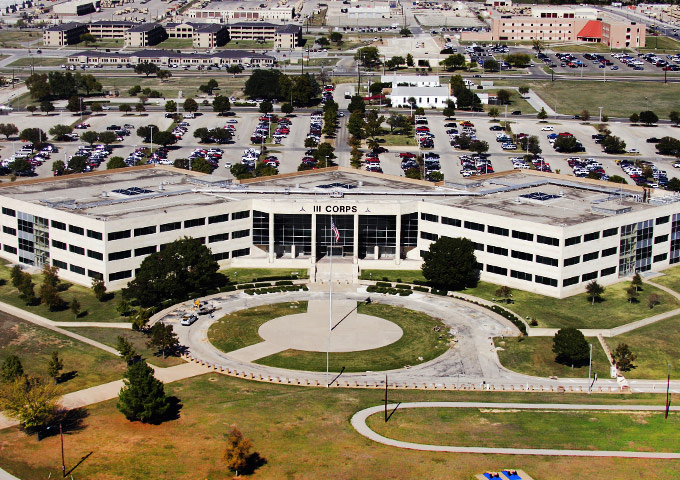
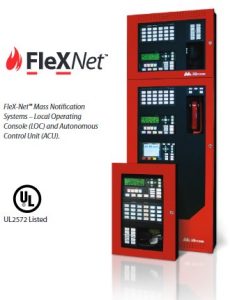 THE SOLUTION
THE SOLUTION